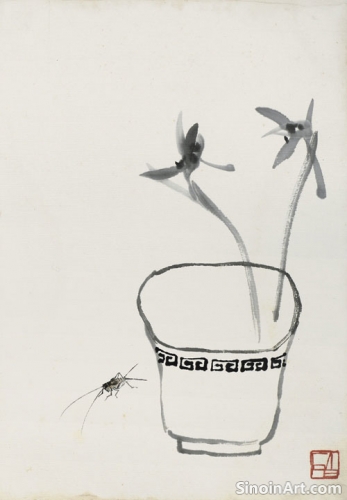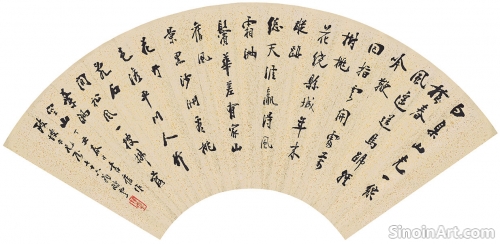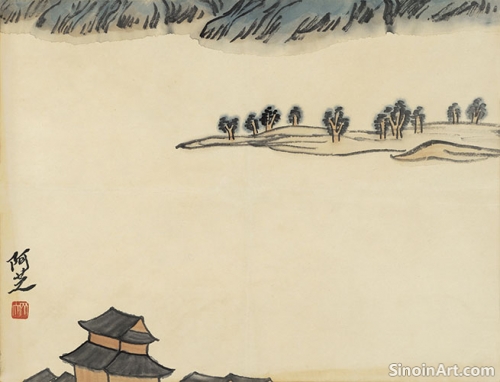Xieyi Painting and the Depiction of Animals
|
Animals are a common subject in Xieyi painting, offering a rich array of forms, textures, and symbolic meanings. Artists often depict animals to convey various emotions, personality traits, and philosophical ideas, often as metaphors for human experience. The animals are often used as powerful symbols and metaphors.  The focus is not so much on realism as it is on capturing the essence of the animal, its unique character and its vital energy. The artist often uses simplified forms and spontaneous brushstrokes to evoke the animal's spirit. It’s not a literal depiction, but rather a suggestive portrayal.  Different animals carry different symbolic connotations in Chinese culture. The dragon, for example, is associated with power, wisdom, and good fortune, while the tiger represents courage and strength. The artist selects each animal specifically for its symbolic meaning and capacity for creative expression.  The artist’s careful observation of the natural world is essential for creating expressive depictions of animals. The artist spends a great deal of time studying their forms, movements, and behaviors. The close study of an animal’s true nature is important to conveying its spirit. The use of ink wash allows the artist to capture the animal’s fur or feathers, the texture of its skin, and the movement of its body. The artist takes advantage of the natural spread of the ink to enhance the texture and feel of their animal subject. It is a powerful medium for capturing the nuances of movement and texture. |
Tag : Animal paintings, Xieyi animals, Chinese symbolism, ink wash animals, expressive figures
Related information
- The Cultural Significance of Xieyi: Beyond Artistic Form
- Xieyi Painting and the Depiction of Water
- Xieyi Painting as a Form of Personal Expression
- The History and Evolution of Xieyi
- The Concept of "Shu Qie" in Xieyi
This article explores the cultural significance of Xieyi painting, highlighting its connection to Daoist philosophy, Chinese values, artistic heritage, and its role in preserving and expressing Chinese cultural identity.
Water is a versatile subject in Xieyi, depicted through washes and expressive brushstrokes to convey fluidity, transparency, movement, and its symbolic connection to life, change, and nature, adding atmosphere and depth to landscape paintings, with varied forms representing a spectrum of feeling and power.
Xieyi painting is a deeply personal form of expression, allowing artists to share their inner world, interpret their subject matter freely, and create unique artworks that reflect their individual vision, emotions, and experiences, making it a vehicle for both artistic expression and self-discovery.
Xieyi painting evolved from the Song Dynasty literati tradition through subsequent dynasties, with key figures like Xu Wei, Qi Baishi, and Pan Tianshou contributing to its development, and continuing to influence contemporary artists.
"Shu Qie" (the written and the carved) emphasizes the connection between calligraphy and seal carving, influencing Xieyi through shared qualities of line, form, expression, and the use of seals, all of which combine to highlight the holistic nature of Chinese art, and inform the artistic process.